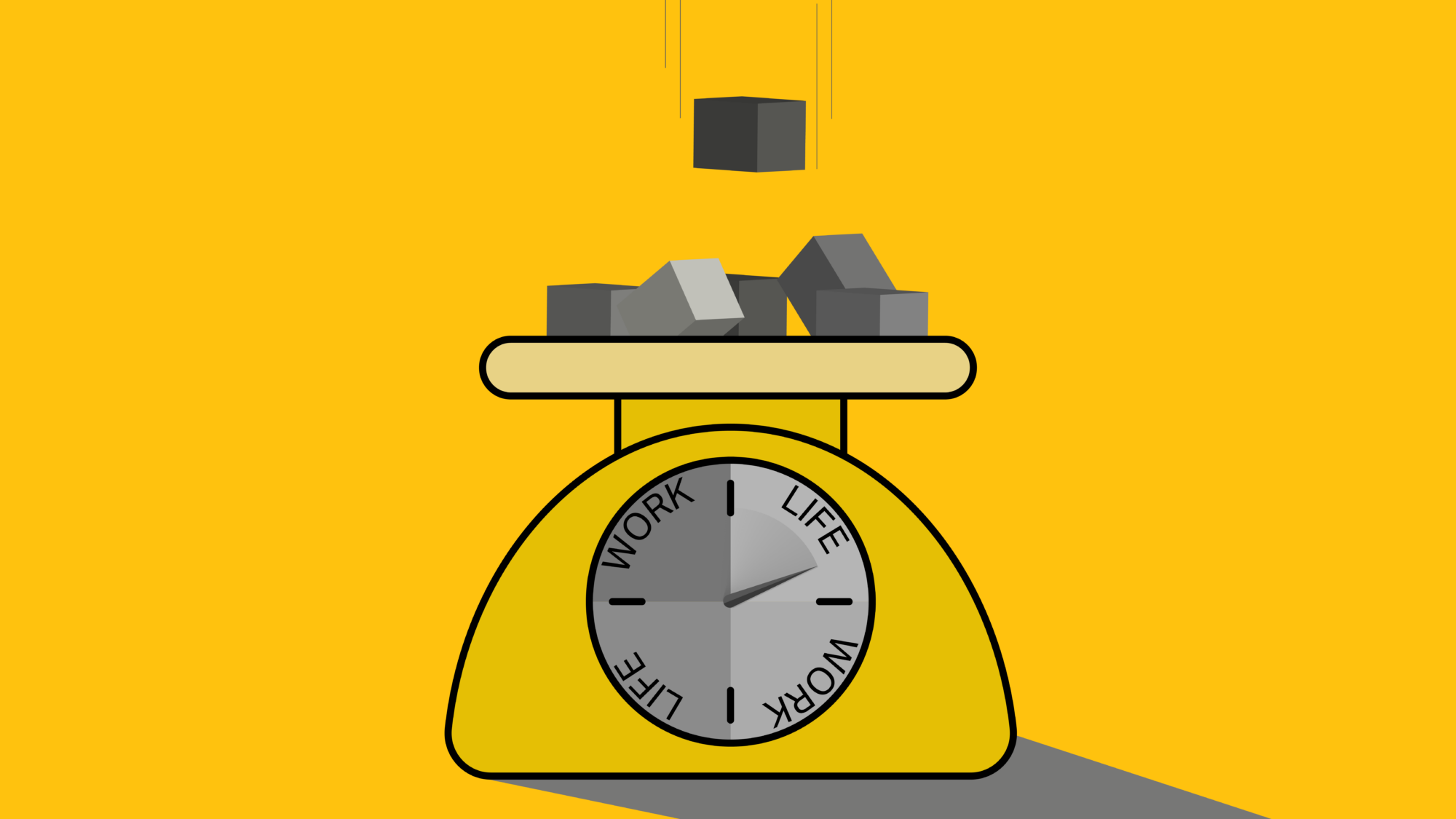
|
Getting your Trinity Audio player ready... |
The subject of postpandemic employment is associated with several catchphrases: “quiet quitting,” the “Great Resignation,” “WFH (work from home),” and even the dreaded “virtual happy hour.” But scan the various job boards and a long-familiar phrase gets perhaps the heaviest promotion. It’s “work/life balance.”
Work/life balance is usually a vague promise to prospective employees that they can have a life outside of work—and that their work won’t get in the way of that life. It should mean that people can have careers and families, that they can attend their children’s soccer games or elderly parents’ medical appointments, that they’ll have time for exercise, and that all employees can expect a healthy lifestyle filled with proper amounts of sleep as well as that all-important leisure time. In theory, it should all add up to effective stress management and optimal productivity.
Unfortunately, fulfillment of that promise very often just isn’t there. This might be attributed, in part, to the simple fact that the phrase “work/life balance” is overused. But it also promises something far more complex than what a simple set of workplace policies can accomplish.
“It misses the mark because everyone’s work and personal realities are completely different at any given time,” says Cali Williams Yost, a workplace futurist and leading authority on high-performance work flexibility. “To infer the goal is a one-size-fits-all ‘balance,’ a fifty-fifty split between work and life, doesn’t reflect reality. This is why you hear the common lament, ‘I don’t have balance.’”
Generational Perspectives on Work/Life Balance
Yost instead advocates for something she calls work + life fit. “It’s how you fit work and life together in a way that works for you and your job, day-to-day and at moments of transition,” she explains.
According to Yost, creating successful work + life policies depends on the nature of the business, the types of jobs and skills that make the business run, and how much flexibility those jobs allow for when, where, and how they can be done.
In other words, no two people and no two employment situations are alike.
And, just to complicate things further, no two generations are alike. Boomers are transitioning out of their working careers, sunsetting a time of different expectations. So says David Rook, a marketing and digital platforms expert who studies the intersection of behavioral economics and social sciences with the creative arts. Rook argues that the predisposition of this cohort—inherited from their Great Depression-era parents—is to be competitive, loyal to employers, and prone to prioritize their jobs over all else.
Boomers’ progeny—Generation X, millennials, and Gen Z—look at things differently. They’re more open to switching jobs as well as to finding roles that will provide both a stable income and the freedom to deviate from the nine-to-five (or eight-to-eight) workday. WFH is a natural phenomenon to these digital natives, particularly the younger workers. Their emergence and ultimate dominance of the workplace coincides with a different approach to work/life balance, complete with nondedicated workspaces, teleconferencing, paid gym memberships, and work-team social events.
How to Define Work + Life Fit
Given that work + life fit is unique for each individual, there are four key ideas that employees and employers should keep in mind to make things work:
1. Confront the biggest questions. Because, as Yost notes, no two employees have the same work + life fit, workers and employers should approach it as a joint quest. “Everyone should have equal access to and training in how to answer the foundational questions: ‘What do I need to do, and how? When and where do I do it best?’” she says.
2. Set, and honor, your digital communications boundaries. A 2019 study found that 76 percent of white-collar workers in the US check their emails outside of normal work hours, sometimes multiple times per hour. A researcher at Virginia Tech, Bill Becker, says this creates “anticipatory stress,” a feeling of always needing to check emails. Any agreement between an employer and employee should define the parameters—with a solid rationale to back it up.
3. Schedule periodic check-ins. It’s up to the employee to demonstrate competency and performance. “For that to happen,” Yost says, “a regular check-in cadence needs to be in place, where managers set clear priorities, employees provide status updates, and performance is gauged by a clearly understood set of metrics.”
4. Remember why work + life fit matters. The value of all this to the employer is manifold. Not only do successful work + life fit policies help companies attract and retain a diverse, inclusive workforce but they also help employers source high-performing talent, increase productivity, enhance engagement and collaboration, optimize technology and workspaces, ensure resilience, and improve well-being. Each of these things matters just as much to employees who are committed to their jobs and to their employer.
So what defines success? Yost cautions there are no perfect scenarios, ever. But she says the employee who can say, “I am able to fit my work and life together, to be my best on and off the job,” is as close to perfect as one can get.







